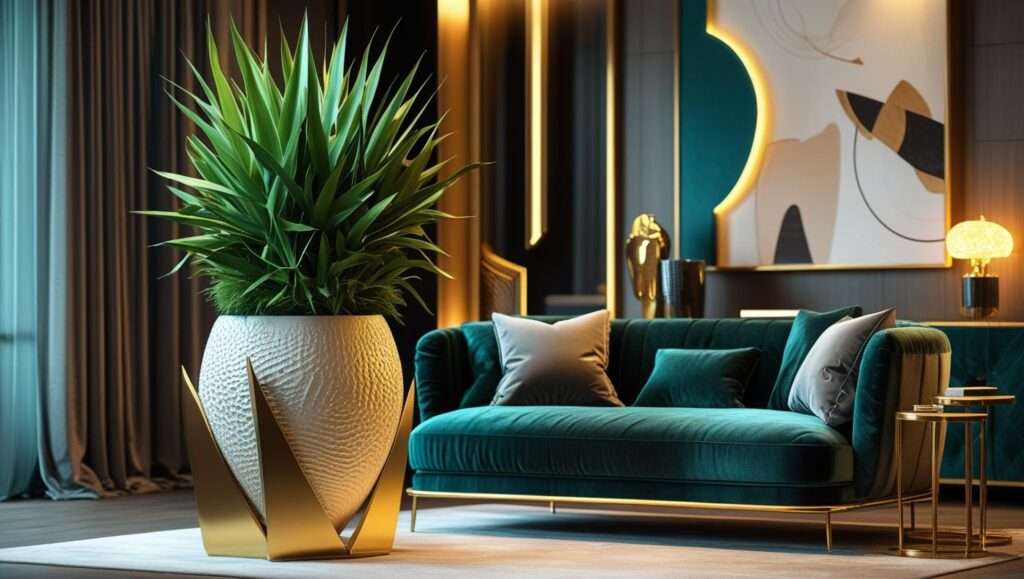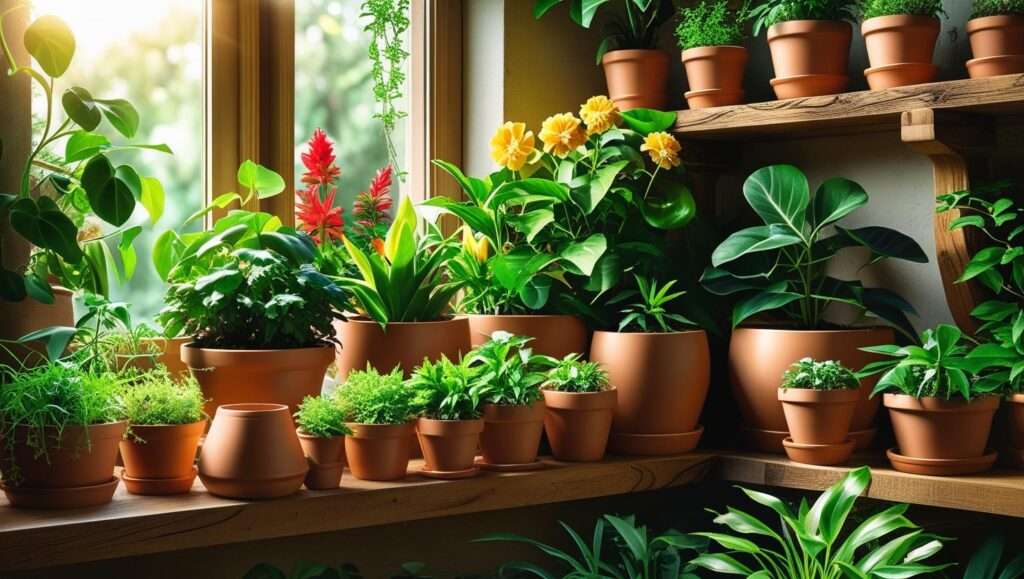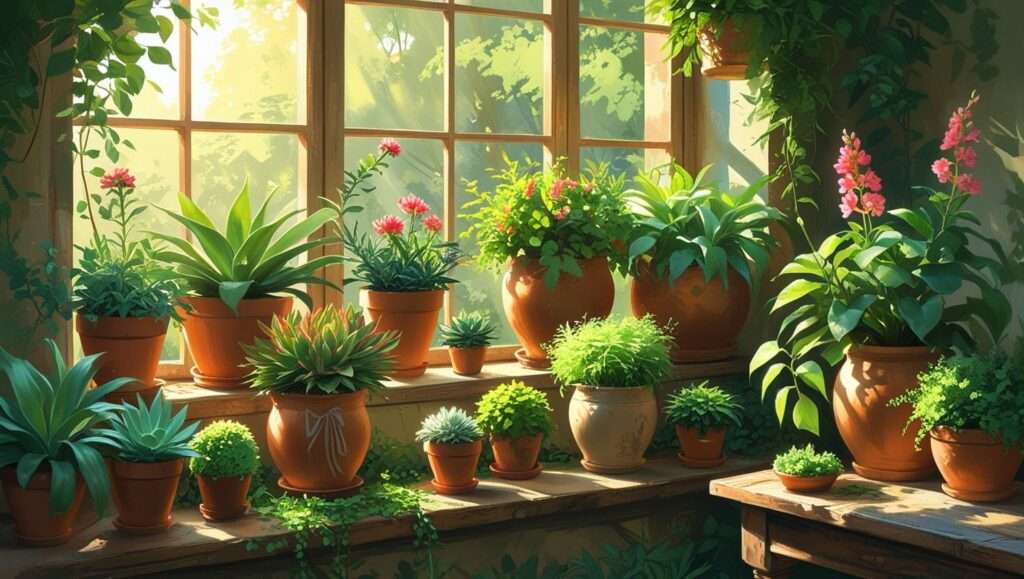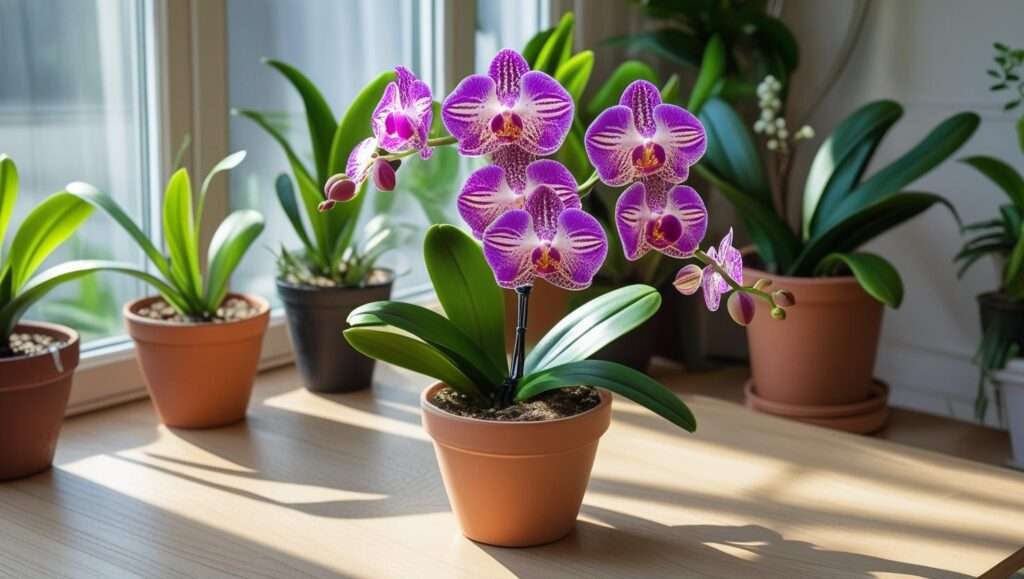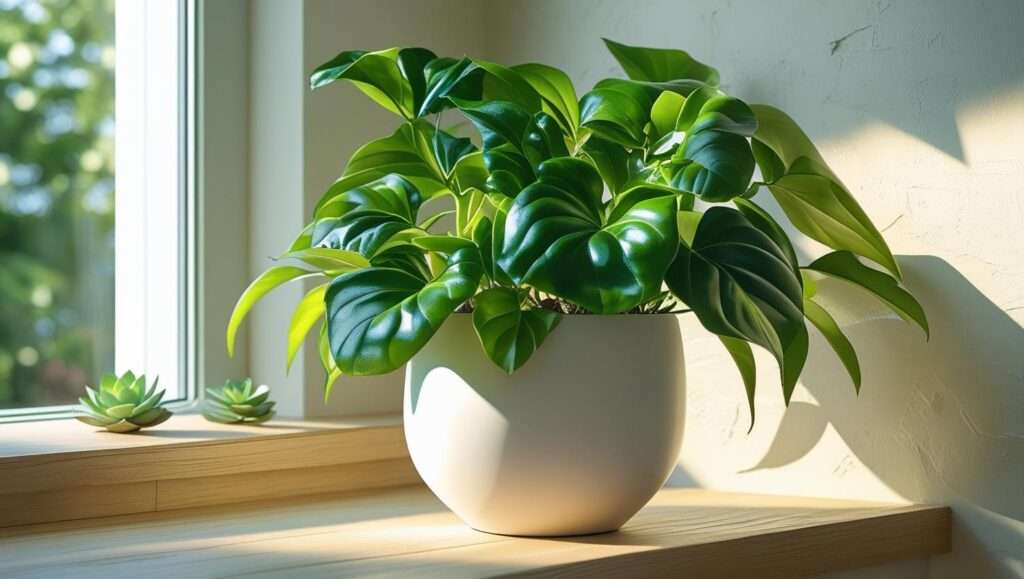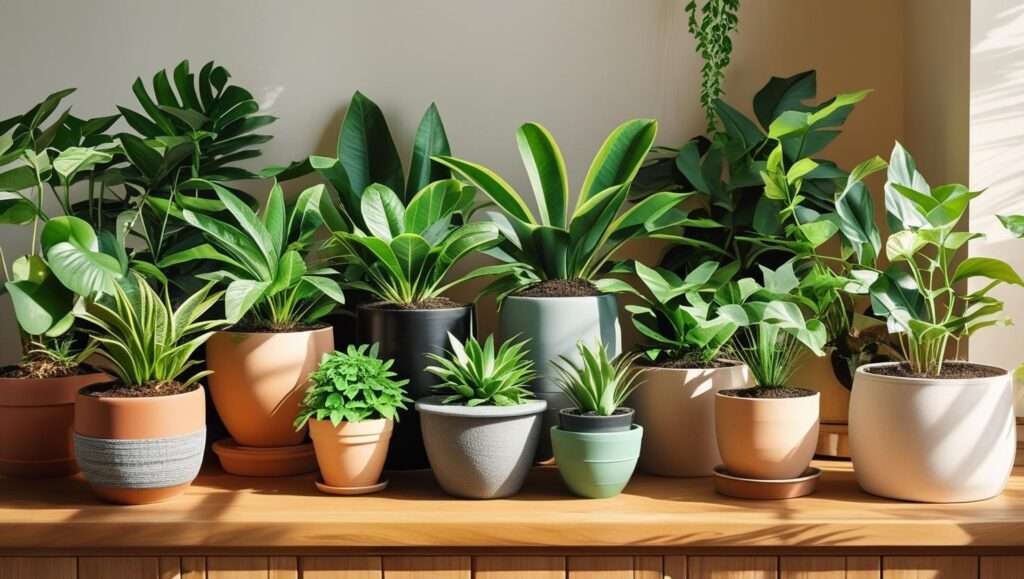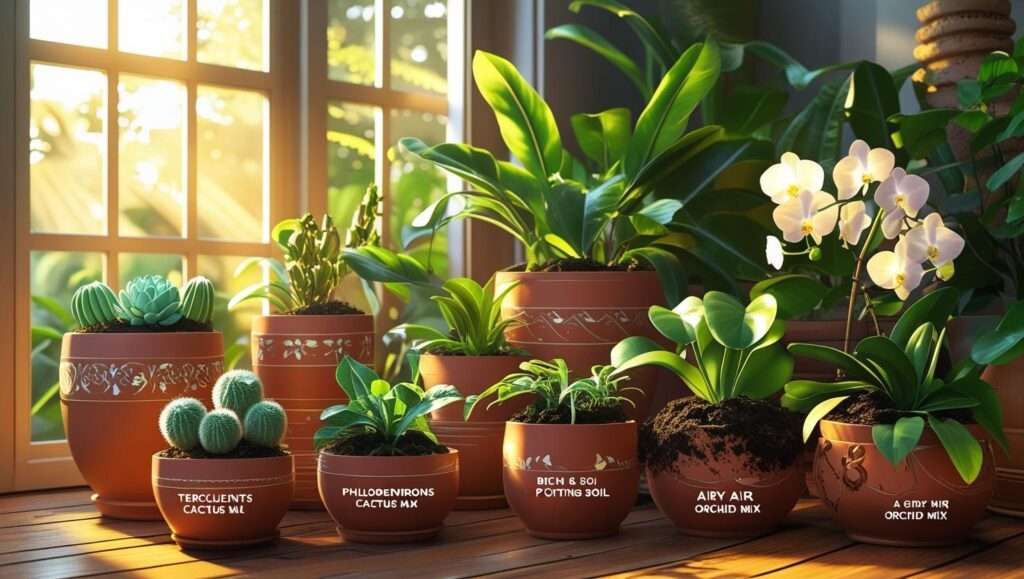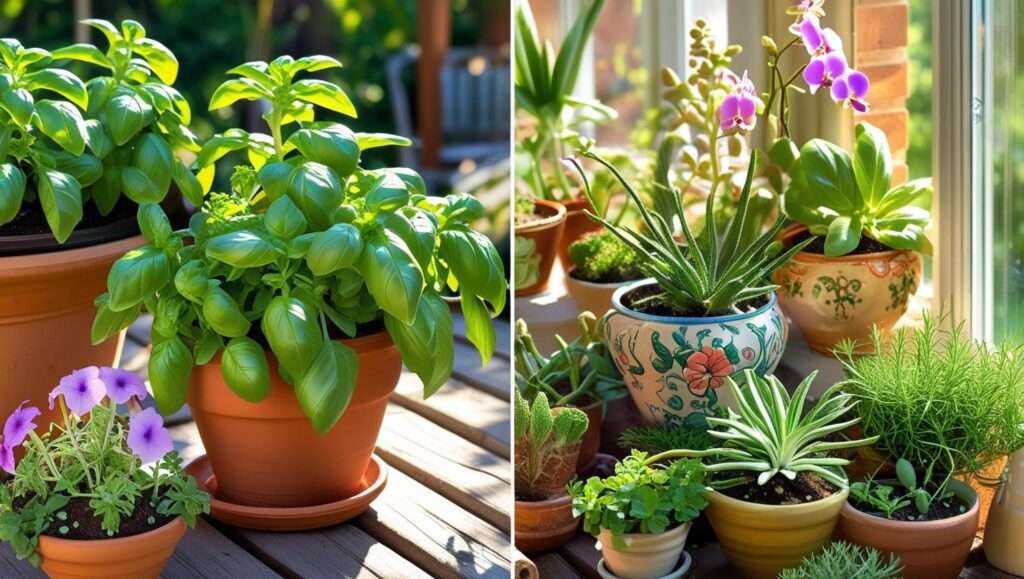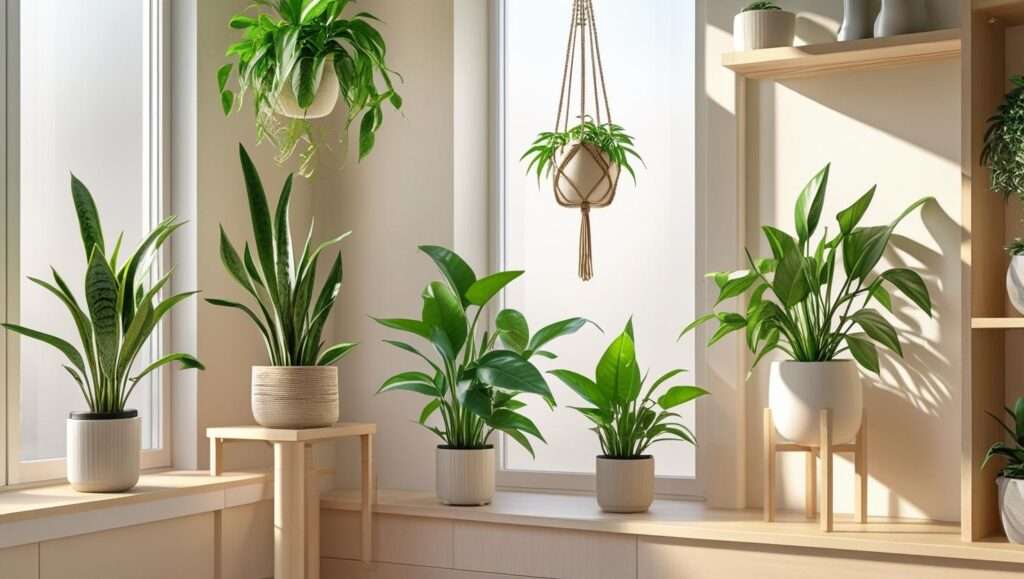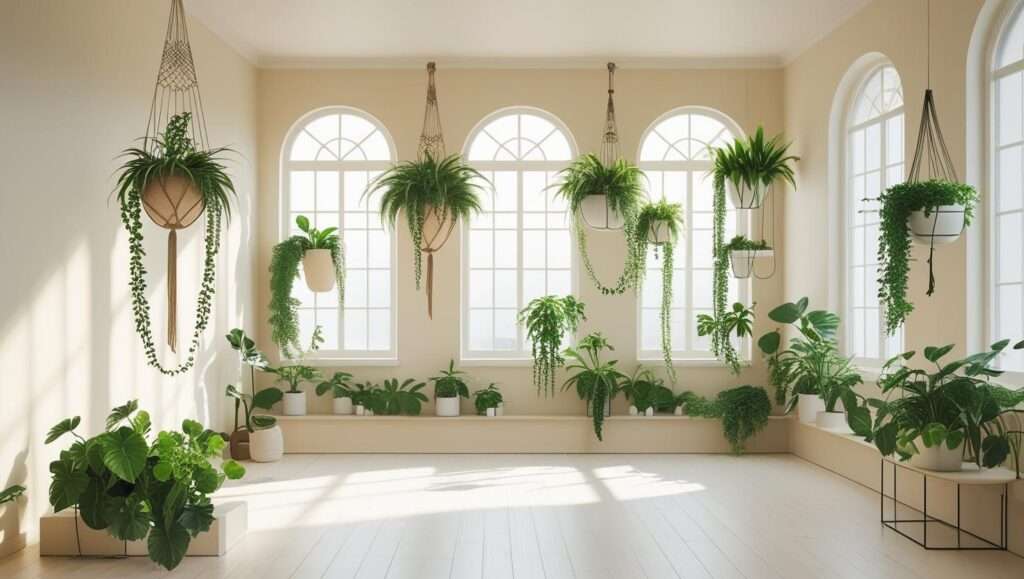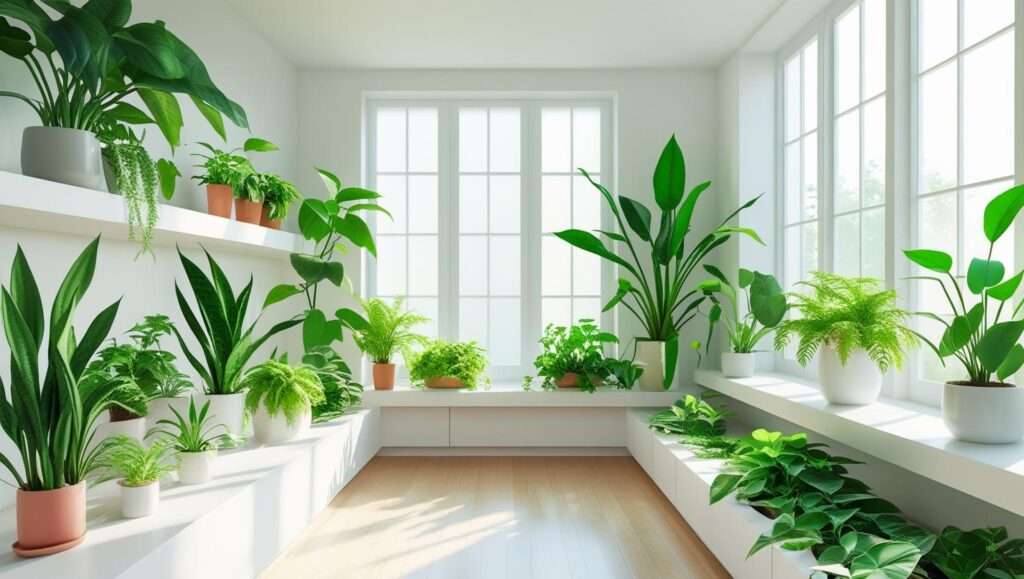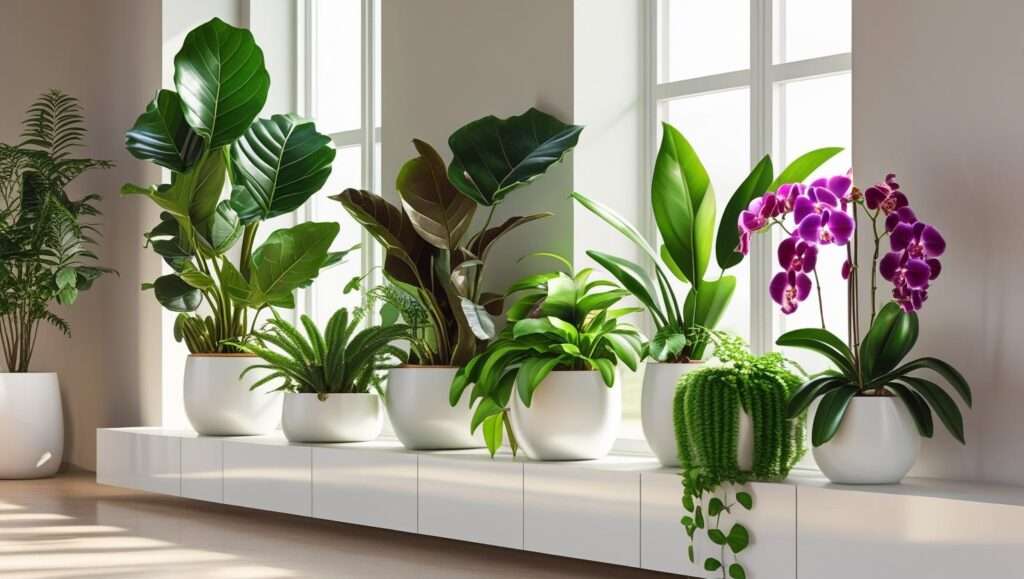Picture this: your living room transformed into a vibrant, green oasis, where lush plants cascade from stylish indoor plant stands, breathing life into every corner. In 2025, indoor gardening is more than a hobby—it’s a lifestyle that blends nature with home decor. Whether you’re a seasoned plant parent or just starting, choosing the right indoor plant stand can elevate your space, optimize plant health, and solve common space constraints. This article unveils seven creative indoor plant stand ideas, each designed to inspire and enhance your home garden. As an agricultural expert with over a decade of experience in indoor horticulture, I’ve curated practical, stylish, and innovative solutions to help you display your plants with flair while addressing real needs like space-saving and plant care. From minimalist metal designs to repurposed furniture, let’s explore how to make your indoor jungle thrive.
Why Indoor Plant Stands Are Essential for Your Home Garden

Benefits Beyond Aesthetics
Indoor plant stands do more than just look good—they’re a game-changer for plant health and home organization. By elevating plants off the floor, stands improve light exposure, which is critical for photosynthesis, especially for sun-loving varieties like fiddle-leaf figs or citrus trees. They also enhance air circulation, reducing the risk of mold or pests. For small apartments, plant stands maximize vertical space, allowing you to create a lush garden without cluttering your floor. Plus, they add a polished, intentional touch to your decor, turning a collection of pots into a cohesive display.
Aligning with 2025 Home Decor Trends
In 2025, biophilic design—connecting homes with nature—is dominating interior trends. Indoor plant stands fit perfectly, offering a functional way to incorporate greenery into minimalist, bohemian, or industrial aesthetics. Sustainable materials like bamboo or reclaimed wood are especially popular, appealing to eco-conscious homeowners. Whether you’re curating a sleek, modern apartment or a cozy, rustic retreat, the right plant stand can tie your space together while showcasing your plants.
Key Factors to Consider When Choosing an Indoor Plant Stand

Size and Space Constraints
Before buying an indoor plant stand, measure your space carefully. For small apartments, opt for compact options like wall-mounted shelves or corner ladders that utilize vertical or unused areas. Larger homes can accommodate multi-tiered stands that make a bold statement. Consider the height and width of your plants, too—a sprawling monstera needs a wider stand than a petite succulent. Pro tip: Leave at least 6 inches of clearance around each plant to ensure proper air circulation and growth.
Material and Durability
Plant stands come in various materials, each with unique benefits. Wooden stands, like oak or teak, offer warmth and durability but may require sealing to prevent water damage. Metal stands, often powder-coated for rust resistance, are ideal for modern spaces and easy to clean. Bamboo is a sustainable, lightweight option perfect for bohemian or eco-friendly homes. Ceramic stands add an artistic flair but are best for lighter plants due to weight limitations. Choose a material that aligns with your decor and maintenance preferences.
Plant Type and Care Needs
Different plants have different needs, and your stand should accommodate them. Low-light plants like snake plants or ZZ plants thrive on stands placed away from windows, while sun-lovers like herbs or citrus trees need stands near bright, indirect light. Trailing plants, such as pothos or string of pearls, look stunning on elevated or hanging stands, allowing their vines to cascade dramatically. Ensure your stand’s height and placement support your plants’ specific light, humidity, and watering requirements.
Aesthetic and Style Compatibility

Your indoor plant stand should complement your home’s style. For modern interiors, sleek metal or geometric stands create a clean, contemporary look. Bohemian spaces pair well with woven or bamboo stands, while industrial lofts benefit from raw metal or reclaimed wood. Mix and match textures—think wood with metal accents—for a curated vibe. To avoid a cluttered look, stick to a cohesive color palette, like neutral tones for minimalism or bold hues for eclectic spaces.
7 Creative Indoor Plant Stand Ideas for 2025
1. Multi-Tiered Wooden Stands for Maximalist Greenery

Description: Multi-tiered wooden stands are perfect for plant enthusiasts who want to display multiple plants in a compact footprint. These stands, often with three or four shelves, can hold a variety of pot sizes, creating a lush, layered effect.
Best for: Large-leaf plants like monstera, fiddle-leaf figs, or philodendrons that thrive in bright, indirect light.
Styling Tip: Pair with warm-toned decor, like terracotta pots or woven baskets, for a cozy, inviting vibe. Add a small decorative item, like a ceramic figurine, to personalize the display.
Example: A three-tiered oak stand in a sunny corner, showcasing a towering monstera on the top shelf, a cascading pothos in the middle, and a cluster of small succulents on the bottom.
2. Minimalist Metal Stands for Modern Homes
Description: Sleek, single-plant metal stands with clean lines and geometric shapes are ideal for minimalist spaces. Their simplicity ensures the plant remains the focal point.
Best for: Small succulents, air plants, or cacti that don’t require frequent watering.
Styling Tip: Use in pairs or trios to create a curated cluster, spacing them evenly for balance. Opt for matte black or brushed gold finishes for a modern edge.
Example: A matte black metal stand holding a single aloe plant on a sleek white side table, positioned near a floor-to-ceiling window for dramatic effect.
3. Hanging Plant Stands for Small Spaces
Description: Wall-mounted or ceiling-hung stands free up floor space, making them perfect for tiny apartments or crowded rooms. These stands often feature shelves or hooks for hanging pots.
Best for: Trailing plants like ivy, string of pearls, or spider plants that look stunning when cascading.
Styling Tip: Combine with macramé hangers or woven baskets for a bohemian touch. Ensure secure installation to support the weight of pots and soil.
Example: A wall-mounted wooden shelf with three hanging spider plants, positioned above a cozy reading nook to add greenery without sacrificing floor space.
4. Corner Ladder Stands for Unused Spaces
Description: Ladder-style stands designed to fit snugly in room corners are a clever way to utilize often-overlooked spaces. Their tiered design accommodates multiple plants without overwhelming the room.
Best for: Medium-sized plants like peace lilies, ZZ plants, or ferns that thrive in moderate light.
Styling Tip: Add fairy lights or small lanterns to the ladder for a whimsical, cozy effect, especially in living rooms or bedrooms.
Example: A bamboo ladder stand in a bedroom corner, holding a mix of ferns on the top rungs and pothos trailing down the sides, illuminated by soft string lights.
5. Repurposed Furniture as Plant Stands
Description: Turn old furniture—like stools, crates, or vintage shelves—into unique indoor plant stands for a budget-friendly and eclectic display. This approach adds character and sustainability to your home garden.
Best for: Budget-conscious gardeners or those with eclectic, rustic, or vintage decor styles.
Styling Tip: Paint or distress the furniture to enhance its charm. For example, a weathered wooden crate can evoke a farmhouse vibe, while a brightly painted stool adds a pop of color.
Example: A repurposed wooden crate, stacked vertically with two snake plants in terracotta pots, placed in a cozy dining area for a rustic touch.
6. Rolling Plant Stands for Flexibility

Description: Mobile plant stands with wheels allow you to reposition plants easily to follow sunlight or refresh your space. These are ideal for dynamic home layouts or plants with specific light needs.
Best for: Sun-loving plants like citrus trees, herbs, or lavender that require frequent repositioning to catch optimal light.
Styling Tip: Choose sleek, low-profile designs to avoid a bulky look. Pair with lightweight pots to make moving easier and prevent floor scratches.
Example: A metal rolling stand holding a potted lemon tree, moved daily to a sunny patio door in the morning and back to the living room by evening.
7. Sculptural Statement Stands for Bold Decor
Description: Artistic, eye-catching plant stands double as decor pieces, making them perfect for homeowners who want their greenery to make a bold statement. These stands often feature unique shapes or luxurious materials like brass or marble.
Best for: Large statement plants like bird of paradise, dracaena, or yucca that demand attention.
Styling Tip: Place in high-traffic areas, like living rooms or entryways, to maximize impact. Keep the surrounding decor minimal to let the stand and plant shine.
Example: A gold-accented sculptural stand with a towering yucca plant in a spacious living room, positioned near a velvet sofa for a luxurious vibe.
Expert Tips for Styling and Maintaining Your Indoor Plant Stands
Styling for Visual Impact
To create a visually stunning display, group plants by size, color, and texture. For example, pair a tall, leafy monstera with a cluster of small succulents for contrast. Vary pot styles—mix ceramic, terracotta, and woven baskets—to add depth. Incorporate non-plant decor sparingly, like a small candle or a stack of books, to personalize the stand without overwhelming it. For multi-tiered stands, place larger plants on lower shelves and smaller ones on top to maintain balance and ensure all plants get adequate light.
Maintenance and Plant Care
Proper care keeps your plants and stands looking their best. Water plants according to their needs—overwatering can damage wooden stands or cause mold on metal ones. Use saucers or liners under pots to catch drips and protect surfaces. Rotate plants every few weeks to ensure even light exposure, especially for trailing varieties like pothos. Clean stands regularly with a damp cloth to remove dust, and check for pests like spider mites, which thrive in warm indoor environments. A monthly spray of neem oil can prevent infestations.
Seasonal Updates
Refresh your plant stand displays to reflect the seasons or holidays. In spring, add blooming plants like orchids or African violets for vibrant color. For winter, swap in festive poinsettias or evergreen-inspired plants like Norfolk Island pines. Update pot colors or add seasonal decor, like pinecones for fall or fairy lights for the holidays, to keep your stands fresh and engaging year-round.
Common Mistakes to Avoid with Indoor Plant Stands
Overcrowding Your Stand
Overcrowding not only looks cluttered but also harms plant health by reducing air circulation and light access. Each plant needs space to grow—aim for at least 4–6 inches between pots. For multi-tiered stands, avoid stacking heavy pots on upper shelves, as this can destabilize the structure. Instead, curate a balanced mix of plants, ensuring each has room to thrive.
Ignoring Weight Capacity
Always check the weight capacity of your plant stand, especially for heavier ceramic or terracotta pots. A lightweight bamboo stand may not support a large fiddle-leaf fig, risking collapse. Review manufacturer guidelines or test stability before loading the stand. For DIY or repurposed stands, reinforce weak points with brackets or screws to ensure safety.
Poor Placement Choices
Placing a stand in the wrong spot can stunt plant growth. For example, sun-loving herbs will struggle in a dim corner, while low-light plants like ZZ plants may scorch near a sunny window. Assess your home’s light conditions—north-facing windows offer soft light, while south-facing ones provide bright, direct rays. Also, avoid placing stands in high-traffic areas where they might be knocked over or in spots with extreme humidity, like bathrooms, unless the plants thrive in such conditions.
FAQs About Indoor Plant Stands
What is the best material for an indoor plant stand?
Wood, metal, and bamboo are top choices, each with distinct advantages. Wood offers warmth and durability but may need sealing to resist water damage. Metal is sleek and low-maintenance, ideal for modern homes. Bamboo is eco-friendly and lightweight, perfect for bohemian or sustainable spaces. Choose based on your decor style and the weight of your plants.
How do I choose the right size plant stand for my space?
Measure your available space, including height, width, and depth. For small rooms, opt for wall-mounted or corner stands to save floor space. Larger spaces can handle multi-tiered or sculptural stands. Ensure the stand’s dimensions allow for plant growth and easy access for watering and maintenance.
Can I DIY my own indoor plant stand?
Absolutely! Simple DIY options include stacking wooden crates, repurposing old ladders, or building a stand from PVC pipes. Sand and paint materials for a polished look, and ensure the structure is sturdy enough to support your pots. Online tutorials can guide you through safe, stylish designs.
How do I keep my plant stand clean and free of pests?
Wipe stands with a damp cloth weekly to remove dust. Use saucers under pots to catch water and prevent stains. For pests, inspect plants regularly and apply neem oil or insecticidal soap as needed. Maintain good air circulation by spacing plants appropriately to deter pests like spider mites.
Indoor plant stands are more than just decor—they’re a practical, stylish way to elevate your home garden while promoting plant health. From multi-tiered wooden displays to sculptural statement pieces, the seven ideas in this article offer creative solutions for every space and style. By choosing the right stand, styling it thoughtfully, and avoiding common mistakes, you can transform your home into a lush, inviting oasis. As an agricultural expert, I encourage you to experiment with these ideas and share your unique plant stand setups in the comments or on social media. Let’s inspire each other to grow greener in 2025!

